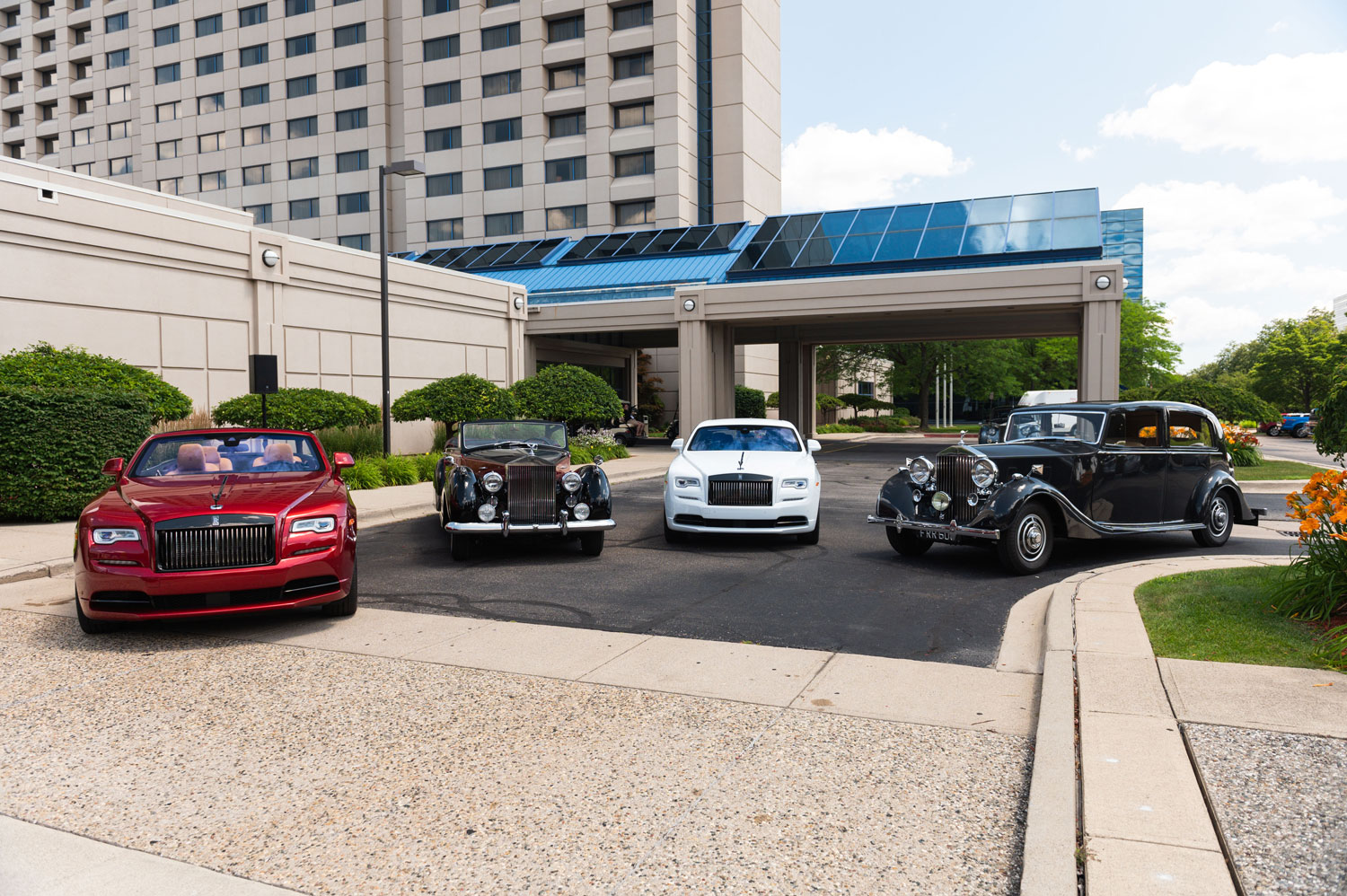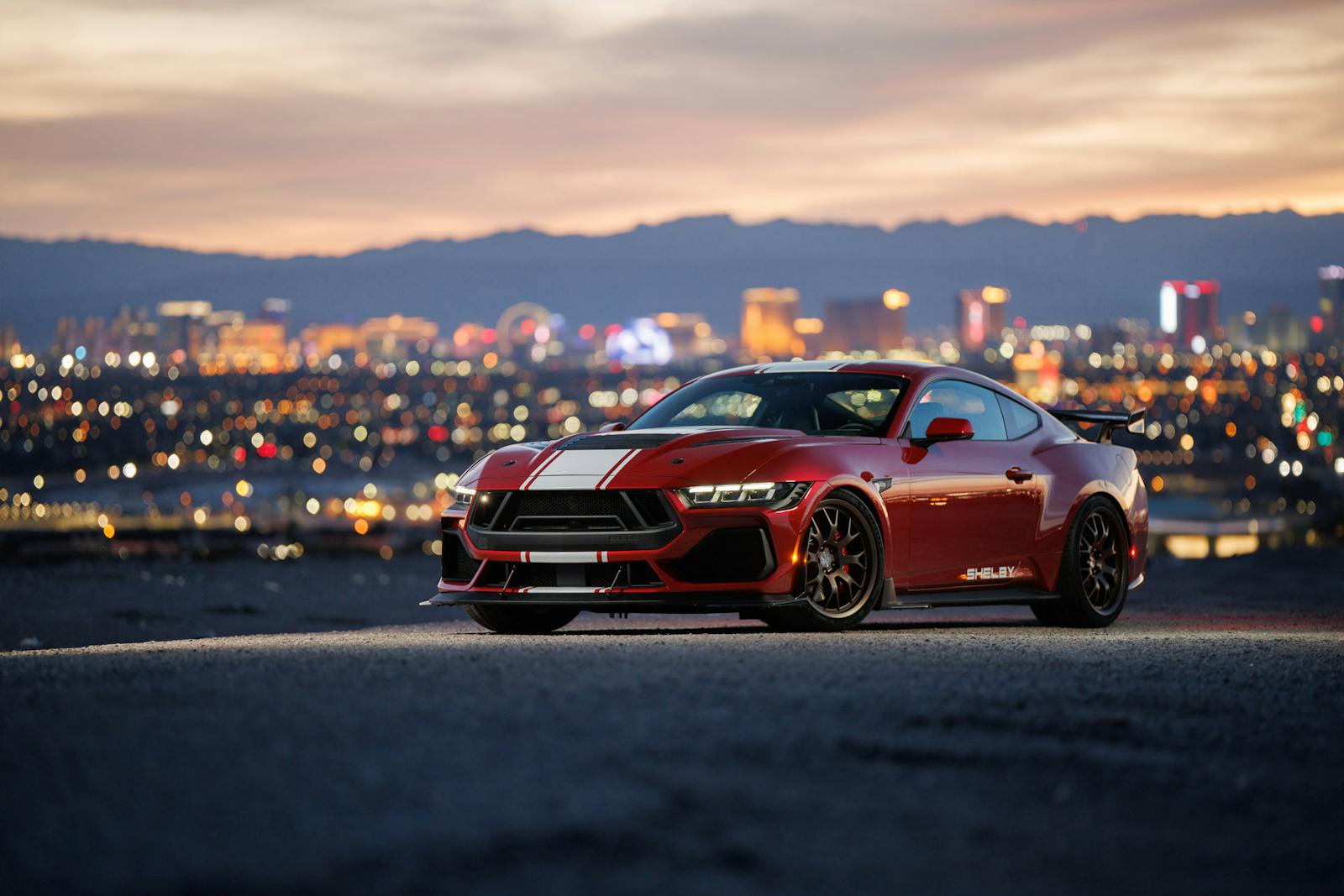As Rolls-Royce evolves, owners are keeping its heritage alive
Change is in the air at Rolls-Royce. While it might seem like the ultra-luxury British marque is more steeped in tradition and history than it is ambitious visions of the future, Rolls isn’t blind to the ways the automotive landscape is shifting. Far from it, in fact. At the same time, the people interested in Rolls-Royce are changing, too.
BMW Group, which owns Rolls-Royce, invested in a dedicated scalable architecture that will underpin the next generation of the brand’s full model range, starting with the Phantom VIII that launched in 2017. For starters, the architecture form the basis for the Cullinan—Rolls’ first-ever SUV, which has been such a smash hit that the brand’s Goodwood factory is working at full capacity and has a waiting list of six months for orders. (The Cullinan is also bringing in younger customers, which is itself an investment in future sales.)
But the so-called “Architecture of Luxury” platform is also the first from Rolls-Royce that will be compatible with electrification, and that something of the sort could arrive by the end of the decade. “With our cars, you’re ultimately buying a piece of art,” Rolls-Royce Americas President Martin Fritsches tells Hagerty. “It’s an experience, and to that end technology and innovation are relevant.” While the idea of a powerful, smooth, and silent luxury chariot does seem consistent with the values of the brand, there’s a practical element to this technology, too. As city centers like London and Paris institute regulations that limit emissions within certain zones, Rolls-Royce needs to ensure that its owners can drive their Wraiths and Dawns and such without getting a ticket.
Certain things are sacrosanct, though. Rolls promises that every one of its cars will have the brand’s ubiquitous V-12 engine until a full EV comes along. I don’t think the vertical grille or the Spirit of Ecstasy ornament are going anywhere, either.
Yes, Rolls takes its heritage seriously. That was clear at the 2019 Rolls-Royce Owners Club Annual Meet, which gathered this year in Troy, Michigan, outside of Detroit. While Rolls-Royce brought out its full five-car lineup, owners supplied their own vehicles to pair historic nameplates from the Rolls brand with their modern iterations. On hand were a 1920 British Silver Ghost Torpedo open tourer, a 1927 Phantom I, a 1953 Silver Dawn, and a 1939 Wraith saloon.



The gap between a vintage and modern Rolls is, unsurprisingly, rather vast. But what the old cars lack in current technology they more than make up for in character and history, which we found out when we caught up with two owners.
Bill McClay stood proudly next to his ’27 Phantom I—a car that’s entirely original outside of its new interior leather, exhaust, and tires. But beyond the Phantom’s timeless style and remarkable condition, it has a heartwarming family connection to McClay that makes it all the more meaningful to him. The car was originally chauffeur-driven and bought new by a woman named Beatrice—a cousin of McClay’s grandmother, to whom she was very close. When she passed away in the 1950s, she left her cousin the Rolls, but McClay’s grandmother didn’t know what to do with it and eventually passed it on to McClay’s father, who in turn passed it to him 37 years ago.
“I named the car Beatrice, in honor of my grandmother’s cousin,” McClay tells Hagerty. “Family ties and values mean a lot to me. I really enjoyed going through all of the old documents and everything that came with the car.”
McClay loves driving the Phantom, too, taking it out at least once a week. The Rolls will easily handle 55–60 mph on the highway, but with its limited visibility, McClay is hyper-cognizant of defensive driving and accounting for others on the road. The purely mechanical steering and brake also require constant attention to operate properly. “It’s work to drive, but it’s fun work,” he says. “My greatest joy, though, is meeting the people interested in its history, engineering, and tradition. That’s what makes it all worth it.”



While Rolls-Royce in 2019 is hard at work appealing to younger buyers with the Cullinan (as well as the brand’s bespoke Black Badge program), at least one younger guy became smitten with a Rolls of much older vintage. Eric Soya is 40, lives in Grand Rapids, Michigan, and can’t help but smile like a little kid when he talks about driving and wrenching on his ’39 Wraith Sport Saloon.
“Believe it or not, I bought it on eBay sight unseen,” he says, obviously still thrilled with the decision to purchase the Wraith seven years ago. “I wasn’t specifically in the market for a Rolls-Royce, but I wanted something distinctive and unique. I thought it would be a really long time before I found the right car, and then it just found me.”
He couldn’t believe it was cheaper than a Phantom, and he enjoyed driving it more as well. Although the car is fully mechanical, it has certain engineering features that make it feel like a much more contemporary vehicle. His favorite is the brake servo that runs off the transmission, giving the feel of power brakes without actually using that technology.
The other side of that coin is that the Wraith isn’t exactly simple to work on in a home garage. Soya grew up on a farm an hour south of Grand Rapids, learning from his dad how to wrench on old tractors. A pre-war Rolls is quite a bit more challenging, it turns out.

“I was on my way to a friend’s garage to do some rewiring, and the clutch just started slipping like crazy,” he recalls. “I’m lucky the Wraith got there at all. It took days to just get everything disconnected so we could pull the engine, but we eventually got a new clutch in there and finished the rewiring, too. Turns out the easiest way to access the battery cable is to tear out the entire interior.”
None of this has deterred Soya from driving his Rolls on a regular basis. He might not be the stereotypical owner, and he’s certainly not in the market for a 2020 Wraith, but there’s no doubt he appreciates and honors the rich tradition of stylish, luxury motoring. And no matter how many Cullinans, hybrids, or EVs Rolls-Royce builds, that heritage isn’t likely to vanish.


























